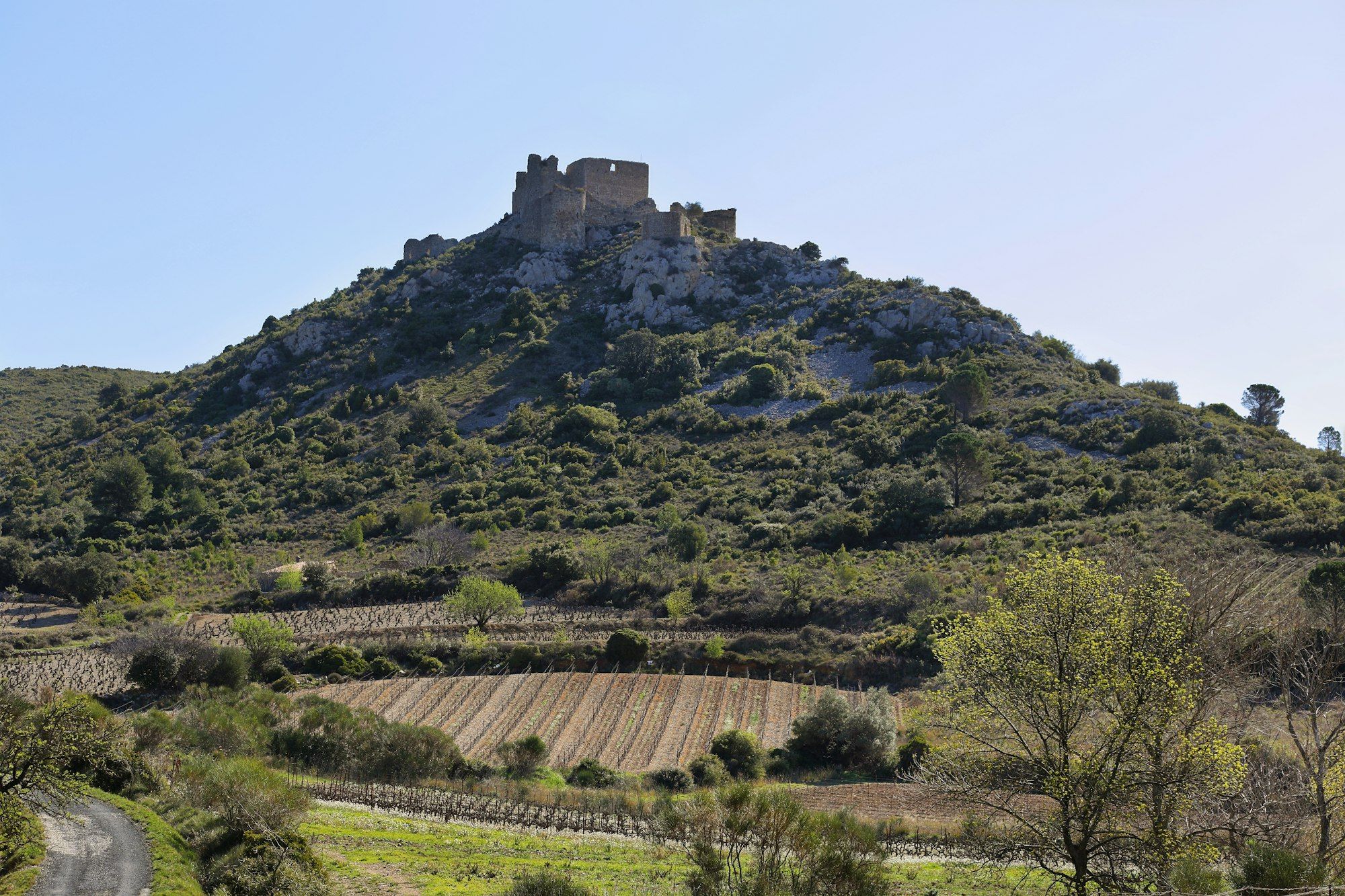For those of you with an insatiable appetite for history, Wales should be at the top of your travel list. This small yet diverse country is brimming with historical sites, from formidable castles and fascinating museums, to heritage towns and ancient monuments. Its rich past is intricately woven into its modern day identity, offering a unique blend of old and new. So without delay, let’s explore some of Wales’ most captivating historical sites.
Cardiff Castle
Located at the heart of the capital city, Cardiff Castle is one of Wales’ most iconic sites and a must-visit for any history enthusiast. The castle is nestled within beautiful parkland and boasts a history that spans over 2000 years.
Topic to read : Discover the Top Dog-Friendly Beaches in Devon for Your Next Adventure!
Cardiff Castle has been a Roman garrison, a Norman stronghold, and in the Victorian era, it transformed into a gothic revival mansion. Each era has left a unique imprint on the castle. The Roman fort’s walls, the Norman keep, and the opulent interiors of the Victorian mansion offer visitors a journey through time, allowing them to unearth the castle’s evolving architectural styles and historic significance.
The castle’s wartime shelters, which were used during World War II, have also been restored and are open to visitors. The site also features an impressive museum, which houses a collection of historic artefacts. The Firing Line Museum offers a poignant reminder of Cardiff’s military history, showcasing collections from the Welsh Soldier through the last 300 years.
Additional reading : How to book a private boat trip along the Thames for a romantic evening?
St Fagans National Museum of History
St Fagans National Museum of History, located on the outskirts of Cardiff, is one of Europe’s leading open-air museums and one of the most visited heritage attractions in Wales. This museum is unique as it offers visitors an immersive experience of Welsh history and culture.
The museum is set within the ground of the beautiful St Fagans Castle, a 16th-century manor house donated to the people of Wales by the Earl of Plymouth. The open-air museum comprises over 40 buildings from various historical periods, which have been dismantled from their original location and reassembled at St Fagans.
Visitors can explore historic buildings including a school, a chapel, a farm, a tannery, mills, and a Workmen’s Institute, each offering a tangible insight into Welsh life over the centuries. The museum site additionally hosts traditional craftspeople and historical reenactments, enhancing the visitor’s journey back in time.
Caernarfon Castle
Caernarfon Castle is another iconic Welsh heritage site that is steeped in history. Located in the town of Caernarfon in North Wales, the castle was built by King Edward I in the 13th century as part of his conquest of Wales.
The castle is famous for its unique polygonal towers, which are an architectural departure from the typical round towers found in most other castles. The castle’s Eagle Tower is particularly noteworthy and is the most elaborate of the towers, adorned with stone eagle sculptures.
Caernarfon Castle is recognised as a UNESCO World Heritage Site and is part of the ‘Castles and Town Walls of King Edward in Gwynedd’. The castle offers sweeping views of the town and harbour, and within its walls, visitors can delve into the castle’s history through interesting exhibits housed in the towers.
National Slate Museum
Situated in the town of Llanberis in the heart of Snowdonia National Park, the National Slate Museum tells the story of Wales’ industrial past. The museum is located on the site of the former Dinorwic Slate Quarry, which closed in 1969 and was at one point, the second largest slate quarry in the world.
The museum offers a fascinating insight into the slate industry, which shaped the landscape, culture, and economy of North Wales. The museum exhibits include the quarrymen’s houses, which have been furnished to reflect different periods in history, offering a glimpse into the lives of the workers and their families.
Visitors can also explore the industrial machinery, the slate splitting demonstrations, and the waterwheel, which is the largest on mainland Britain. The museum’s setting in the stunning Snowdonia National Park adds to the overall visitor experience, providing a stark contrast between the natural beauty and the industrial heritage.
Conwy Town
Conwy town, located in North Wales, is a treasure trove of history and culture. The town is renowned for its well-preserved medieval structures, most notably the Conwy Castle and the town walls.
Built by Edward I during his conquest of Wales in the 13th century, Conwy Castle is one of the best-preserved medieval fortresses in Britain. The castle’s eight towers and connecting walls create a formidable silhouette against the Welsh landscape. The castle’s Great Hall, King’s Apartments, and Chapel are particularly interesting to explore.
The town walls, which are over 1km long and fortified with 21 towers and three gateways, offer a unique perspective of the town and surrounding countryside. Within the walls, visitors can explore the narrow cobbled streets, quaint houses, and the smallest house in Britain.
Conwy town is also home to Aberconwy House, a 14th-century merchant’s house, which is one of the oldest dateable houses in Wales. The house is now a museum that offers a peek into life in Conwy over the centuries.
So, pack your bags, and embark on a journey through time and explore the rich tapestry of Welsh history. From castles and museums to heritage towns and industrial sites, Wales offers an enriching and diverse historical experience that is sure to captivate and inspire.
Great Orme
Great Orme is a spectacular limestone headland located in the seaside town of Llandudno in North Wales. This historic site not only offers breath-taking views of the Irish Sea but also holds traces of prehistoric human activity. The name "Great Orme" is of Viking origin, meaning ‘sea serpent’, due to the headland’s resemblance to a dragon’s head emerging from the sea.
The Great Orme Mines are one of the site’s highlights, which date back to the Bronze Age. Inside, visitors can explore the ancient copper mines, which are believed to be over 4,000 years old, making them among the oldest mines in the world. The site also features an informative museum, showcasing artefacts found within the mines, including tools, pottery, and bones, which provide a fascinating insight into the lives of the prehistoric miners.
On the headland, the Great Orme Tramway travels up to the summit, offering stunning views of the surrounding landscape. This Victorian marvel, built in 1902, is one of only three cable-hauled tramways still in operation globally.
Great Orme is also home to a wealth of wildlife, including the rare Silver-Studded Blue butterflies and Kashmir goats. A walk around the Orme doesn’t only offer ancient history and scenic beauty but also an encounter with unique flora and fauna.
National Museum Cardiff
Located in the heart of Wales’ capital city, the National Museum Cardiff is a must-visit for any history and art enthusiasts. It offers an impressive range of exhibits, covering natural history, geology, art, archaeology, and social history.
The museum’s art gallery is one of the finest in Europe, featuring works by renowned artists such as Monet, Renoir, and Van Gogh. It also boasts an extensive collection of Welsh art, showcasing the rich artistic heritage of the nation.
The natural history section of the museum features an array of exhibits, from towering dinosaur skeletons to a variety of specimens from Wales’ diverse fauna and flora. One of the highlights is the Evolution of Wales gallery, which takes you on a journey through time, from the Big Bang to the present day, illustrating the geological and biological evolution of Wales.
The archaeological section showcases a range of artefacts from various historical periods, including the Roman occupation, the Viking era, and the Industrial Revolution. These pieces offer invaluable insights into the lifestyle of the people who lived through these periods.
Wales, a small country with a rich history, offers a wealth of sites for history buffs. Whether you’re interested in medieval castles like Caernarfon Castle and Cardiff Castle, or industrial heritage like the National Slate Museum, or natural history presented in the National Museum Cardiff, Wales has something for everyone.
Don’t forget the town of Conwy, with its well-preserved medieval structures, or the Great Orme, a remarkable prehistoric site in North Wales. Not to mention the stunning landscape of the Brecon Beacons National Park, which houses numerous historical sites within its boundaries.
Wales’ unique blend of culture, history, and natural beauty truly makes it a must-visit destination. Whether it’s your first time or a return visit, there’s always something new to discover. So, plan your trip, and immerse yourself in the enchanting world of Welsh history. Enjoy exploring these historic sites, each offering a unique window into the past, and contribute to keeping history alive.











